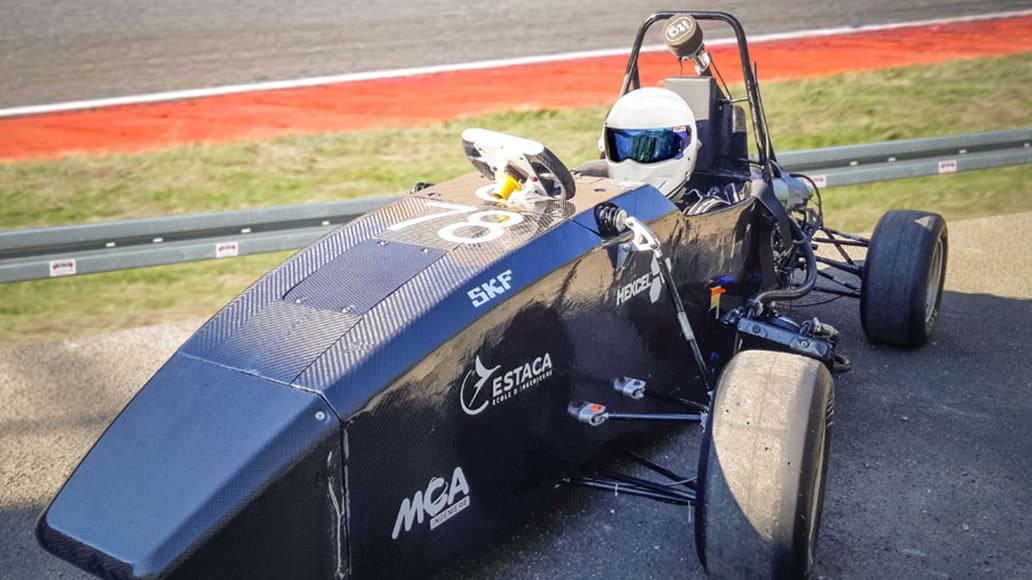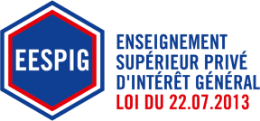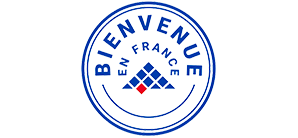Designing a single-seater racing car for the next Formula Student

Formula Student brings together hundreds of teams of students from schools and universities around the world to test the racing cars they have designed and built in a variety of static and track events.
The ESTACA Formula Student Association (EFT) was selected this year to take part in the FS East in Hungary, one of the most renowned races in Europe. Etienne Papot, current president of the association, and Amaury Desroches, future president, explain how they prepared for the competition.
What is the Formula Student?
The Formula Student is an international student competition that was created in the 1980s by Ford in the United States and then imported into Europe. Today, the objective of the challenge is to design, manufacture and race an innovative, high-performance and energy-efficient single-seater, inspired by professional Formula 1 cars. The single-seaters compete in a number of races throughout Europe, during which a jury of professionals from the automotive sector rate the vehicles in static (industrial feasibility, financial, etc.) and dynamic (racing) tests. The goal for each team is to show its ability to design and complete a full automotive engineering project, not just participate in a car race. There are several categories: combustion vehicle, hybrid vehicle, electric vehicle and autonomous vehicle. In France there are about ten teams, including two from ESTACA, the EFT (ESTACA Formula Team) association team, which is celebrating its 11th anniversary this year, and the ESTACARS project from Laval.
How does the selection process work?
From the end of January, all the teams take tests, with questions on engineering and the competition, to be pre-selected. There are around 20 places per category for 250 to 300 candidate teams. For the students of EFT, which has about 80 members, the first semester is devoted not only to constructing the single-seater but also to preparing the MCQs: we need to know how to answer the often technical and pointed questions as fast as possible to have a chance of being selected! EFT was selected this year to take part in the FS East in Hungary, one of the most renowned competitions in Europe.
At the competition in Hungary this summer, the jury of automotive professionals, rate the vehicles in static (industrial and financial feasibility) and dynamic (race) tests. The first part consists of studying our design file and our business plan, our technical, commercial and budgetary choices, as if the vehicle was destined for commercial distribution. The second part first includes a technical inspection of the vehicle to check conformity with the regulations. We have 4 or 5 days to correct any problems. And if we pass this selection, we will be allowed to race! On the track, the jury assesses the vehicle’s abilities in terms of braking, handling, cornering…
Can you tell us about the car selected this year?
It is the 3rd single seater designed and built by the EFT association, the EC03. It took 5 years of work before it could compete this year. The aim is to design an increasingly innovative, high-performance and energy-efficient car by drawing on the experience of previously designed vehicles. What sets this vehicle apart from those of other teams is its large aerodynamic elements (fins) made of carbon fibre. They give the car a better performance. We are the first team in France to use this technology. We’ll see what the jury think of it….
What do you get out of it?
At the EFT, not all members are from the automotive sector, and that’s what’s interesting: they are above all ingenious and curious students who want to put their ideas into practice on a concrete project. You must be willing to learn, to complete an engineering project from A to Z, taking into account all its dimensions (technical, financial, etc.). We prefer new members who don’t know anything, and who finish the year having learned a lot. We learn together, and share our passion. The EFT project is above all the possibility of developing outside the classroom and giving another dimension to ESTACA training by being able to apply what we learn.













